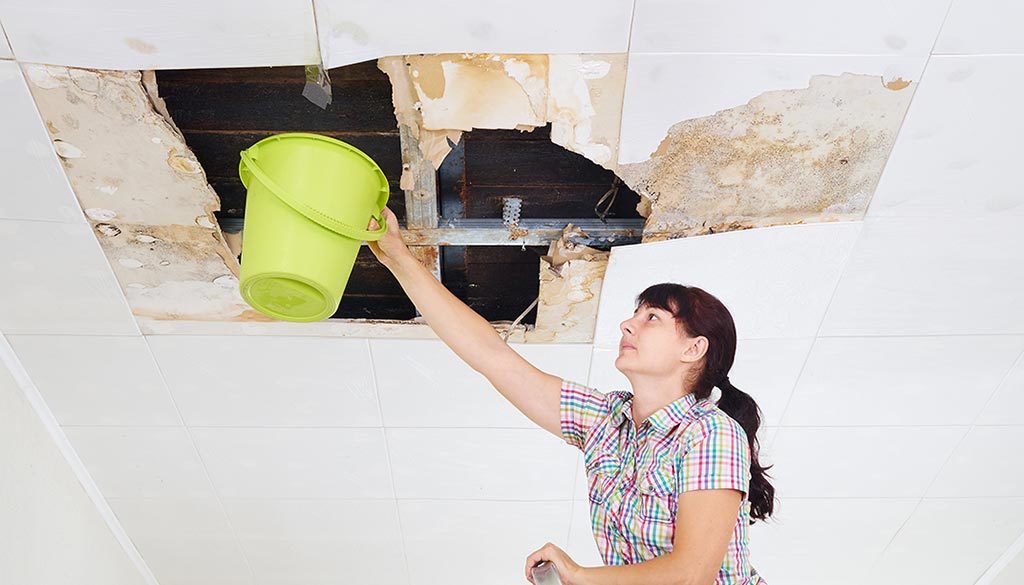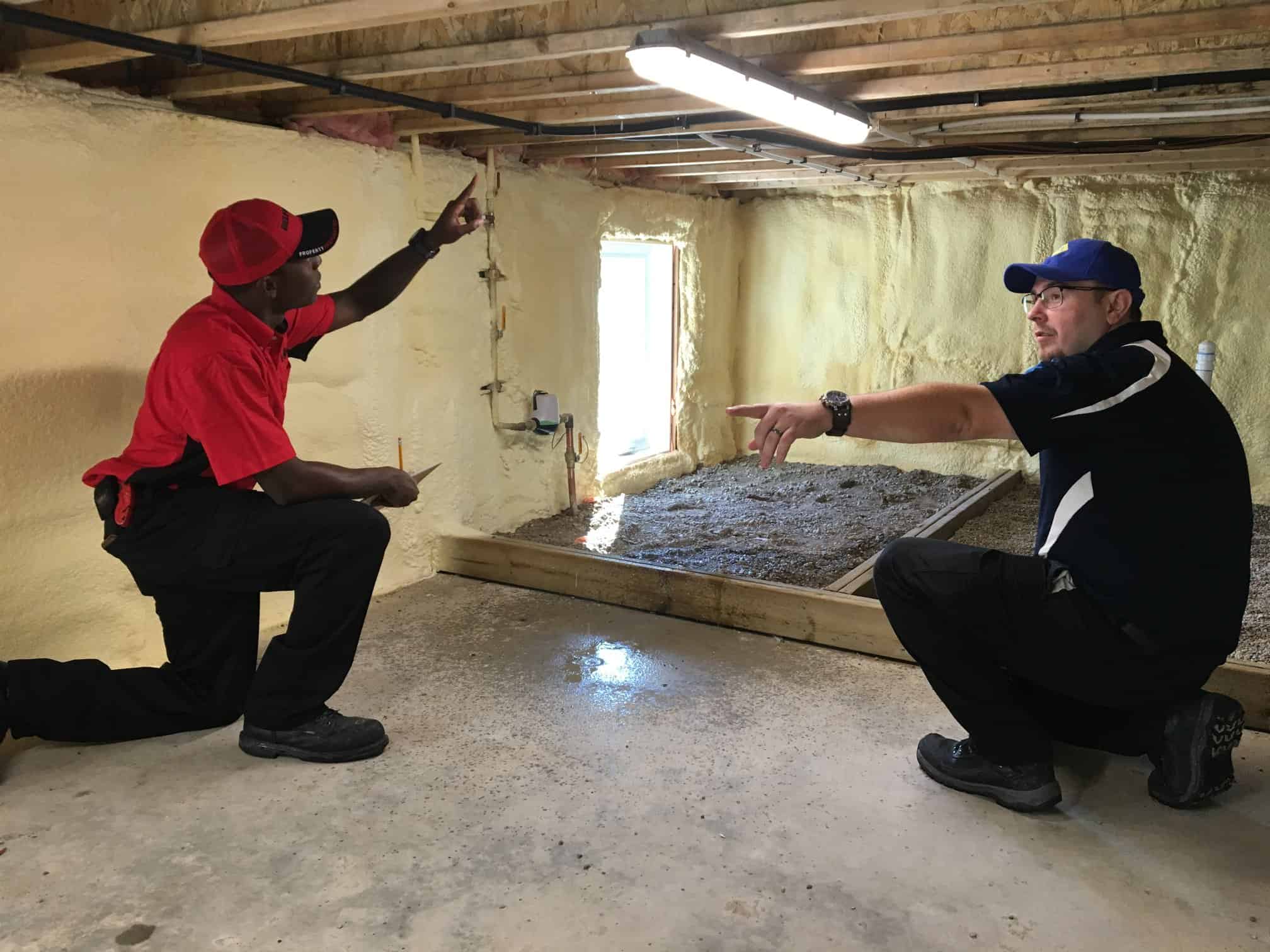The Refine of Water Damage Cleanup: Guaranteeing Your Home Is Restored Successfully
Water damage can be a difficult difficulty for house owners, requiring a organized and careful clean-up procedure to bring back security and performance. damage restoration services. Following this, efficient water extraction methods play a critical role in reducing further harm.
Assessing the Damages
Upon uncovering water damage, the first step is to extensively analyze the level of the effect. This preliminary assessment is crucial, as it helps establish the needed steps for effective cleaning and repair. Begin by checking the affected locations, consisting of wall surfaces, ceilings, floors, and individual valuables, to identify the resource of the water invasion, whether from flooding, leaks, or condensation.
Recording the damage is crucial for both insurance policy claims and planning repair efforts - damage restoration services. Usage photos and written notes to catch the seriousness of the damages, noting any kind of afflicted structural aspects and products. Pay special focus to areas that might not be right away noticeable, such as behind wall surfaces and under rugs, as concealed moisture can bring about further difficulties, including mold and mildew growth
Furthermore, assess the timeline of the water direct exposure. The longer the products stay damp, the greater the capacity for damages. Understanding the duration of direct exposure will notify the necessity of remediation efforts. Eventually, an extensive evaluation prepares for a successful water damages cleaning process, guaranteeing that all influenced locations are dealt with successfully and extensively.
Water Extraction Methods

Experts normally utilize completely submersible pumps for larger volumes of water, which can rapidly minimize flooding in basements or other affected locations. For smaller sized amounts, wet/dry vacuums are typically utilized to extract recurring dampness from rugs and difficult surfaces. Additionally, making use of mobile extractors enables for targeted removal in confined rooms or locations with fragile materials.
In circumstances of infected water, such as sewer or floodwater, advanced removal methods might include the use of biohazard equipment to ensure safety and compliance with health regulations. High-powered removal devices are vital in decreasing water retention in structural materials, which can bring about mold and mildew growth and structural damage if not dealt with promptly.
Inevitably, the efficiency of water removal strategies plays an essential role in the total success of the water damage cleaning process, preparing for succeeding remediation initiatives.
Drying and Dehumidification
Once standing water has actually been efficiently removed, the next critical phase in the water damages cleanup process is drying and dehumidification. This action is vital to prevent additional damages and mold development, which can occur within 24 to two days in wet atmospheres.
To attain effective drying out, customized equipment such as industrial-grade air moving companies and dehumidifiers is employed. Air movers distribute air throughout wet surface areas, boosting evaporation rates, while dehumidifiers lower humidity degrees airborne, promoting a favorable atmosphere for drying out. The combination of these tools makes sure that dampness is extracted from floors, wall surfaces, and home furnishings, allowing them to dry thoroughly.
It is essential to check the drying out process closely. Professionals typically make use of moisture meters to assess the wetness material in various materials, making sure that all impacted locations reach appropriate dryness levels. This careful approach helps to stop hidden moisture pockets that could result in structural damage or unhealthy mold and mildew development.

Cleansing and Disinfecting
After the drying and dehumidification phase is full, the following crucial action in water damage cleaning is cleaning up and sterilizing the affected locations. This procedure is important to avoid the growth of mold and mildew, germs, and various other microorganisms that flourish in damp settings.
The cleaning stage commonly includes removing any kind of particles, dirt, and impurities from surfaces using specialized cleansing agents. For tough surfaces, a mix of soap and water or business cleansing items is often used. Soft materials, such as furniture and rugs, may need much more extensive cleansing methods, consisting of steam cleansing or deep extraction methods, to ensure detailed cleanliness.

Disinfecting follows cleansing, utilizing EPA-approved disinfectants to remove hazardous microbes. This action is important, especially in locations that may have entered into call with floodwaters or sewer, as these sources can present significant health dangers.
In addition, additional reading it is important to deal with any kind of continuing to be odors, which may need using smell neutralizers or advanced techniques like ozone treatment. Appropriate cleansing and disinfecting not only restore the security and health of your home however additionally prepared for successful remediation and repair work in succeeding phases of the water damages cleaning procedure.
Reconstruction and Repairs
:max_bytes(150000):strip_icc()/GettyImages-1499353990-49a5c958582445b0a55dbceda3a9097d.jpg)
When the assessment is full, reconstruction initiatives can begin. This usually involves fixing or changing broken products, guaranteeing that all work abides by local building regulations and criteria. If drywall has actually been compromised, it will certainly need to be removed and changed with new product. Furthermore, flooring might require comparable interest, depending on the degree of water exposure.
It is crucial to involve skilled reconstruction experts throughout this process, as they have the know-how to deal with intricate repair work properly. Furthermore, they can aid mitigate prospective future concerns, such as mold development or architectural instability, thus making sure a habitable and risk-free living setting. Inevitably, effective remediation and repair services recover the home's integrity and improve its general worth.
Verdict
In conclusion, the process of water damage clean-up is essential for restoring a home to its pre-damage condition. Each phase, from examining the damages to implementing effective water extraction methods, complied with by detailed drying, sanitizing, and required repair work, plays a necessary duty in ensuring safety and compliance with structure criteria. Reliable implementation of these actions not just minimizes instant damages yet additionally boosts the long-lasting stability and value of you could try these out the property.
Water damage can be a difficult challenge for homeowners, demanding a careful and structured cleanup procedure to bring back safety and security and performance. Ultimately, a thorough evaluation lays the groundwork for an effective water damage clean-up process, making certain that all impacted locations are dealt with effectively and extensively.
Effective water removal techniques are necessary in reducing damages and preventing more complications adhering to a water intrusion occasion.In verdict, the process of water damages cleanup is important for restoring a home to its pre-damage condition. Each stage, from examining the damages to carrying out efficient water extraction methods, adhered to by detailed drying out, sanitizing, and needed repairs, plays an important function in making sure security and compliance with building criteria.